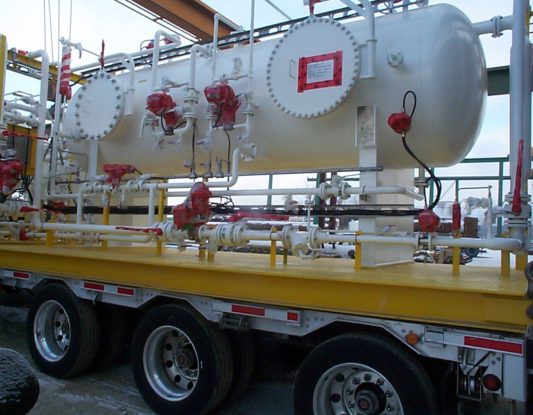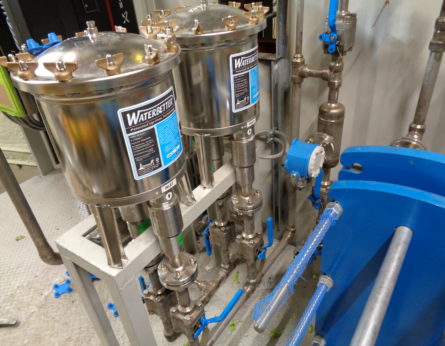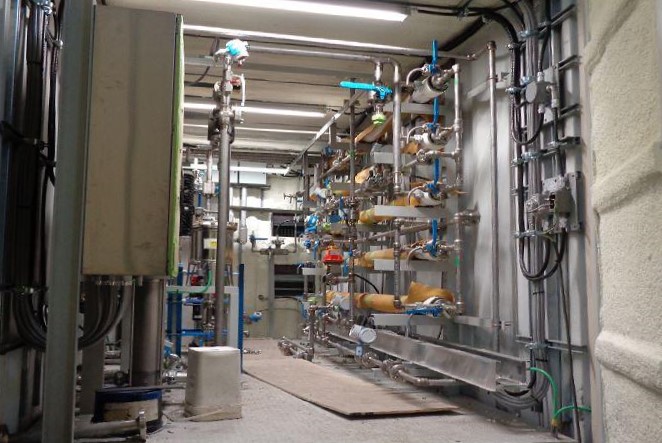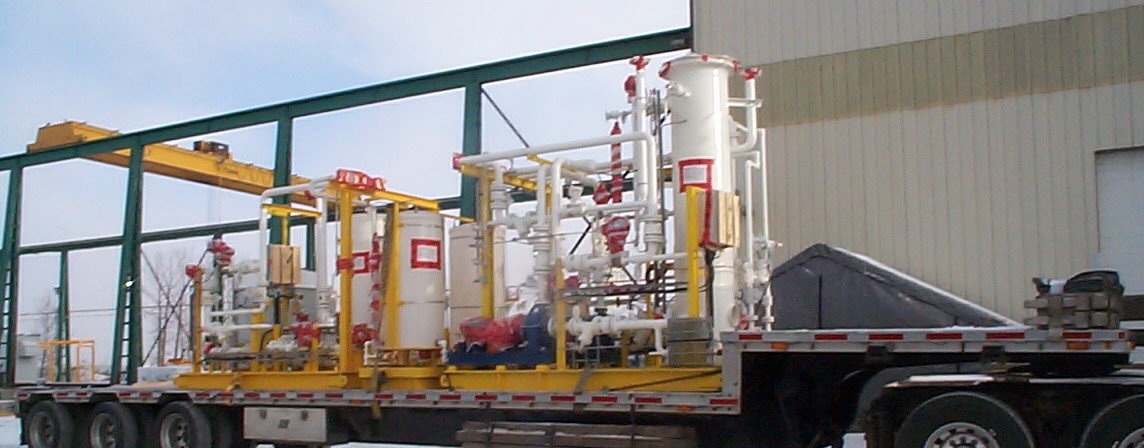WATER TREATMENT DESIGN CONSIDERATIONS
American Petroleum Institute (API) Separator
– Low capital cost
– Limited in removal of small droplets of oil and density approaching water
Corrugated Plate Interceptor (CPI)
– Enhanced gravity separation
– Corrugated plates induce oil and solid separation
Reverse Osmosis
– Suitable for treatment of brackish and seawater
– Membrane projections remove salts and contaminants
Walnut Shell Filter
– Natural affinity for oil adsorption by walnut media
– Backwash capability avoids disposal costs
Induced Gas Flotation (IGF)
– Flotation gas available (fuel gas or nitrogen)
– Outlet oil in water and solids spec
– Coagulant addition
Contaminants
– Solids are filtered, separated and removed as sludge
– Removal of organic compounds to meet spec





